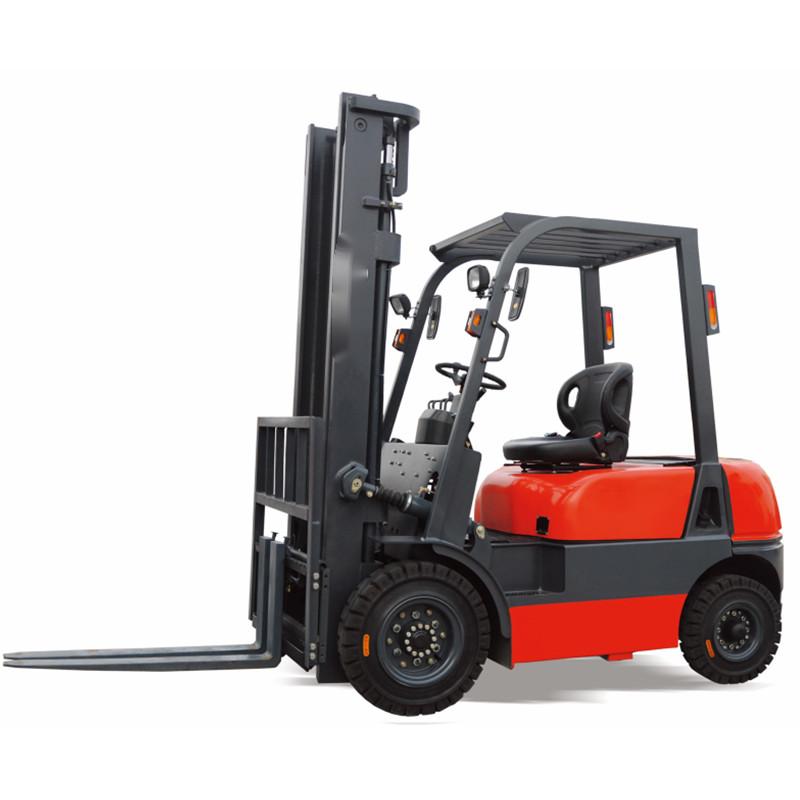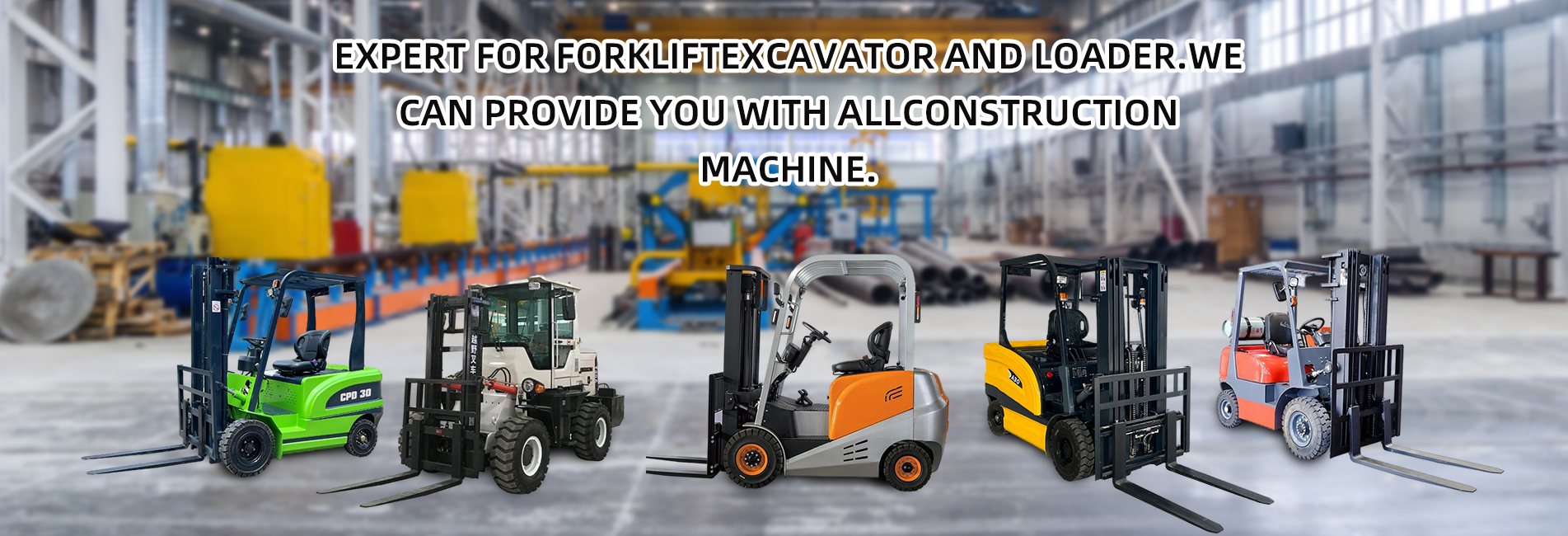Diesel forklifts are a type of internal - combustion forklifts. The following is a detailed introduction to them from aspects such as classification, characteristics, working principles, and applicable scenarios:

Classification
- Counterbalanced diesel forklifts: The most common type, with a load capacity generally ranging from 0.5 tons to 45 tons. Those with a capacity of more than 10 tons are mostly diesel forklifts. They rely on the counterweight at the rear of the vehicle to balance the torque generated when picking up goods, so as to maintain the stability of the forklift. They can be used for loading, unloading and handling various goods.
Industrial equipment - Counterbalanced diesel forklifts
- Container forklifts (reach stackers): Powered by diesel engines, they are specially used for loading and unloading containers, with a usual carrying capacity of 45 tons. They can efficiently stack and handle containers.
Industrial equipment - Container forklifts (reach stackers)
- Side - loading forklifts: Also powered by diesel engines, they have a carrying capacity ranging from 3.0 tons to 6.0 tons. The forks are installed on the side of the forklift, mainly used for picking up long goods such as wooden strips and steel bars.
Industrial equipment - Side - loading forklifts
Characteristics
- Power performance: Diesel engines have good power performance, are not easy to stall at low speeds, have strong overload capacity and long - time operation capability, and can adapt to heavy - duty and high - intensity work tasks.
- Stability: Counterbalanced diesel forklifts are relatively large in size and have good stability. They can maintain balance when picking up and handling heavy objects, reducing the risk of accidents such as rollover.
- Fuel cost: Compared with gasoline forklifts, the price of diesel is relatively lower, so the fuel cost is low, and a lot of operating costs can be saved in long - term use.
- Usage site: Due to relatively large exhaust emissions, they are generally more suitable for outdoor use, such as open - air places like factories, warehouses, docks, and construction sites.
- Maintenance cost: The structure of diesel engines is relatively complex, and the difficulty and cost of maintenance are slightly higher than those of gasoline engines. However, in general, they have high reliability and a long service life.
- Noise and vibration: Diesel engines produce relatively large noise and vibration during operation, which may have a certain impact on the working environment and operators.
Working Principles
- Balance principle: Most forklifts are balanced forklifts, which maintain balance by relying on the lever principle. It is necessary to first find the center of gravity of the load, that is, the load center. Usually, the load center of a pallet is half the length of the pallet. The tonnage of a forklift refers to the maximum load value for loading, unloading and handling goods, which is designed according to the structural strength of various parts, the pressure of the hydraulic system, and stability.
- Power transmission: There are mainly two ways: hydrodynamic torque converter transmission and hydrostatic transmission. The hydrodynamic torque converter transmission mode is that the engine drives the hydrodynamic torque converter, which is then connected to the automatic transmission. Its basic principle is equivalent to the AT transmission of passenger cars. It is easy to operate, but there is a large power loss during the transmission process; The hydrostatic transmission mode is that the engine drives the hydraulic pump, which delivers hydraulic oil to the hydraulic motor, thereby driving the travel and working devices of the forklift. This mode reduces the number of parts, lowers the failure rate of the whole vehicle and the maintenance cost.
Applicable Scenarios
- Heavy industry field: Such as automobile manufacturing, steel plants, mines, etc., which need to transport large and heavy goods. The large load capacity and strong power performance of diesel forklifts can meet the needs.
- Logistics and warehousing industry: In places such as warehouses, logistics centers, and ports, they are used for loading, unloading, stacking and handling goods, and can quickly and efficiently complete the turnover of goods.
- Construction sites: They can be used to transport construction materials such as steel, wood, and cement, and can adapt to the complex terrain and harsh working environment of construction sites.
- Recycling industry: They are used to transport recycled waste such as metals, plastics, and paper. Their durability and strong power can cope with the transportation of various recycled materials.


